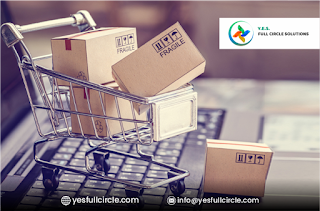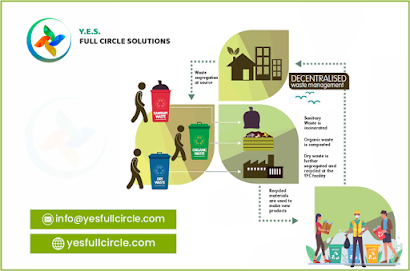Plastic Packaging Number

“To do good, you actually have to do something” Since its invention and widespread introduction into the economy, plastic has become a valuable part of business and daily life. Our actions have created more than 8.3 billion metric tons of it around the world. If we were able to take all of that plastic and switch it into a single grocery bag, it might hold the entire planet. Infact, it is projected that with the present rate 30 years down the line we will produce enough plastic waste to double-bag the Planet. However, the problem is not with the production but the indiscriminate disposal, cause more than 76% of all plastic ends up as waste. Infact, nearly 50% of the plastic waste we now produce each year is just used once, often just for a few minutes. So, the single-use packaging that we throw away each year represents $100 billion of economic value and that’s a figure worth paying attention to. Whether we like it or not, we all are living in a world full of various types of plast


